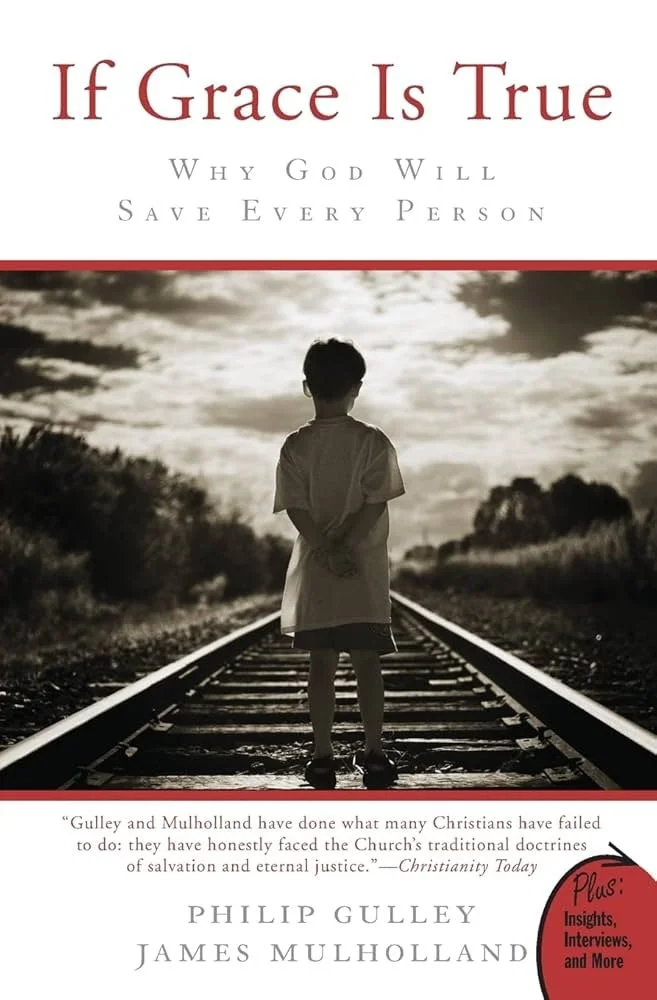Jesus the King
Understanding the Life and Death of the Son of God
by Timothy Keller
Summary
Keller uses the metaphor of a dance to illustrate the relational dynamics of the Trinity. That God the Father, Son, and Holy Spirit have existed for all of eternity in a continual dance of love around each other. Humans were created to participate in this dance of love. But we have all turned away from God and have no way to get back to Him on our own. So God makes a way through Jesus.
The good news of the gospel is this: Jesus Christ, God in human form, came to fight and win the battle against sin and death on our behalf. And He did so despite the fact that it would cost Him everything. He was willingly separated from the dance of love so that we could re-enter it with Him. In light of this wonderful news, Keller encourages us: “So live in the light of the resurrection and renewal of this world, and of yourself, in a glorious, never-ending, joyful dance of grace.”
Author’s Website: Jesus the King - Book by Timothy Keller
Favorite Quotes
“The Trinity is utterly different. Instead of self-centeredness, the Father, the Son, and the Spirit are characterized in their very essence by mutually self-giving love. No person in the Trinity insists that the others revolve around him; rather each of them voluntarily circles and orbits around the others.”
“On the cross Jesus was saying of the work underneath your work—the thing that makes you truly weary, this need to prove yourself because who you are and what you do are never good enough—that it is finished.”
“Jesus was returning to a place [the Temple] that was religiously very busy, just like most churches are: tasks, committees, noise, people coming and going, lots of transactions. But the busyness contained no spirituality. Nobody was actually praying. There are many things we do that can appear to be signs of real belief but can grow without real heart change. Evidently we can be very busy in church activities without real heart change and without real compassionate involvement with others.”
“There is a final irony to all of this. Jesus, who unites such apparent extremes of character into such an integrated and balanced whole, demands an extreme response from every one of us. He forces our hand at every turn in the story…He is both the rest and the storm, both the victim and the wielder of the flaming sword, and you must accept him or reject him on the basis of both. Either you'll have to kill him or you'll have to crown him.”
“All his life, because of Jesus’s eternal dance with his Father and the Spirit, whenever he turned to the Father, the Spirit flooded him with love. What happened visibly and audibly at Jesus’s baptism and at his transfiguration happened invisibly, inaudibly, every time he prayed. But in the garden of Gethsemane he turns to the Father and all he can see before him is wrath, the abyss, the chasm, the nothingness of the cup…Jesus began to experience the spiritual, cosmic, infinite disintegration that would happen when he became separated from the his Father on the cross. Jesus began to experience merely a foretaste of that, and he staggered.”
“Mark has given us the story of Jesus and declared that this is actually the world’s true story as well: Jesus, the King, created all things in love. He has the power and the beauty to see his vision for the world through to its glorious end, to undo everything we have been able to do to harm it. To accomplish that, he had to come and die for it. Three days later, he rose again; and one day will come back gain to usher in a renewed creation.”







